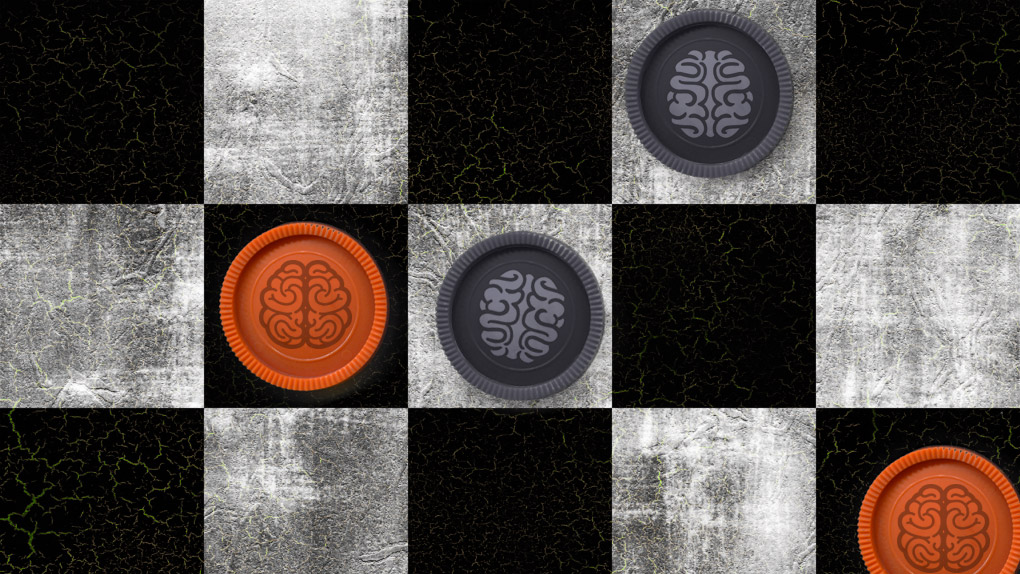


SCIENCE BEHIND DECISION MAKING
Illustration by Jeffrey Chase June 09, 2016
NSF grant supports study of brain signals and how experience influences decision-making
Turn left or right? Choose blue or red? Pay the bill or take your chances? Speak out, bite your tongue or quietly infiltrate?
Decisions, decisions, decisions. We make them all day long. But how do we do it? How do we sort through multiple possibilities and land on one option?
Many things go into the mix, scientists say – logical reasoning, bias, trial-and-error and irrelevant information all can affect our choices when we are weighing the value of one thing over another. We often learn by reinforcement and rewards, but how does that work?
Can we look at the process within our brains to get a better grasp of how people learn and make choices?
The National Science Foundation has awarded University of Delaware neuroscientist Timothy Vickery a $449,999, three-year grant to support such a study. Vickery and his lab will have a close look at neural signals and what they tell us about the decision-making process.
The work will shed light on the learning process, strengthen predictive models, and give insight into how mental disorders might affect the decision-making process.
"We already know the difference in brain activity for some disorders," Vickery said, "but we don't know how the system works."
It is a complex system where many overlapping elements intersect.
If a diner has a wonderful dinner of salmon, what was it that made the meal so great? If they think about that, they might find reliable ways to repeat the experience.
"Is it the color or the texture, where it's from, the way it's cooked, the restaurant, the phase of the moon?" Vickery said. "People are tracking lots of things. We want to look at which features of the environment they are responding to. Most times they are using relevant features, but sometimes they track irrelevant features."
Some disorders involve an inability to focus on the most relevant things and/or difficulty screening out irrelevant features. Modeling and observing brain function during such deliberations may shed light on where the process hits a snag.
Vickery and his students will continue their use of functional MRI equipment in this study – magnetic resonance imaging that shows which parts of the brain are most active during given tasks. And now they can do so in the University's newly opened Center for Biomedical and Brain Imaging instead of driving more than an hour to College Park, Maryland, to use the University of Maryland's facility. UD's fMRI capacity now is state of the art.
There is much to be learned about human decision-making, Vickery said, and the use of imaging in that study has only been done for about 20 years.
"Small labs can still make big discoveries," he said, "as opposed to physics, where you might be one of 1,000 working on a collider."
Vickery's research first focused on vision, then turned toward how visual learning affects decision-making.
He earned his undergraduate degree in computer science and psychology at Vanderbilt University, his doctorate at Harvard University and spent four years as a postdoctoral researcher at Yale University.
He joined the UD faculty in 2012 and is an assistant professor in the Department of Psychological and Brain Sciences.
Contact Us
Have a UDaily story idea?
Contact us at ocm@udel.edu
Members of the press
Contact us at 302-831-NEWS or visit the Media Relations website

